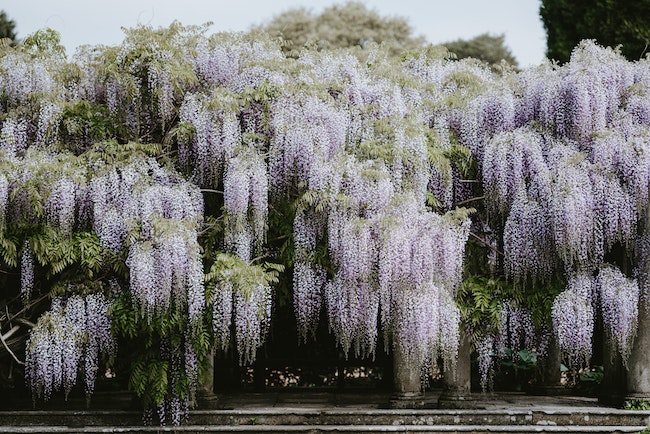Thriving Wisteria Planting and Care Guide

Wisteria is a stunning, vigorous vine known for its cascading clusters of fragrant flowers and robust growth. Achieving the perfect wisteria display requires attention to detail and an understanding of the plant’s needs. Here’s a guide infused with expert tips to help you cultivate healthy, blooming wisteria in your garden.
Choosing the Right Location Wisteria thrives in full sun, requiring at least six hours of direct sunlight daily to produce abundant blooms. Select a spot with well-draining soil to prevent root rot, ensuring your wisteria’s environment promotes its health and vibrancy.
Selecting Your Plant Opt for a wisteria that is not pot-bound to facilitate easier establishment and growth. Confirm that the plant has either flowered previously or possesses flower buds, ensuring it has the capacity to bloom. These steps are crucial to avoid investing in a plant that might never display its full beauty.
Soil Preparation Prepare your planting pit with an abundance of organic material, such as leaf mould or garden compost. This preparation enriches the soil, enhances moisture retention, and provides a fertile bed for your wisteria’s roots. Forking the base of the pit is also recommended to allow the roots to extend deeply and establish a strong foundation.
Planting Your Wisteria The ideal times to plant wisteria are in spring or autumn. Space your plants adequately, about ten to fifteen feet apart, to account for their expansive growth. Dig a hole that is at least twice as wide and as deep as the root ball, ensuring the base of the stem is level with the surrounding soil when placed in the hole. After backfilling with soil, water the plant thoroughly to settle it in.
Providing Support Wisteria vines require sturdy structures like pergolas, trellises, or fences for support. These structures should be robust enough to bear the weight of mature vines, facilitating upward and outward growth. Click Here
Watering and Feeding Maintain moist, but not waterlogged, soil conditions, particularly during the plant’s first year. Mulching helps retain soil moisture and temperature. To encourage flowering, use a high-potash fertiliser, avoiding high-nitrogen feeds that spur leaf growth at the expense of blooms.
Pruning Practices Regular pruning is essential for wisteria to control its vigorous growth and stimulate flower bud formation. Prune in winter to set the flower spurs and trim back in mid-summer to manage growth.
Monitoring Health Watch for signs of pests, such as aphids, and diseases like leaf spot or root rot. Early intervention can prevent these issues from compromising your plant’s health and display.
By integrating these detailed tips into your wisteria care routine, you’ll be well-equipped to nurture a plant that graces your garden with its stunning flowers and vigorous growth. Remember, patience and consistent care are key to unlocking the full potential of your wisteria.